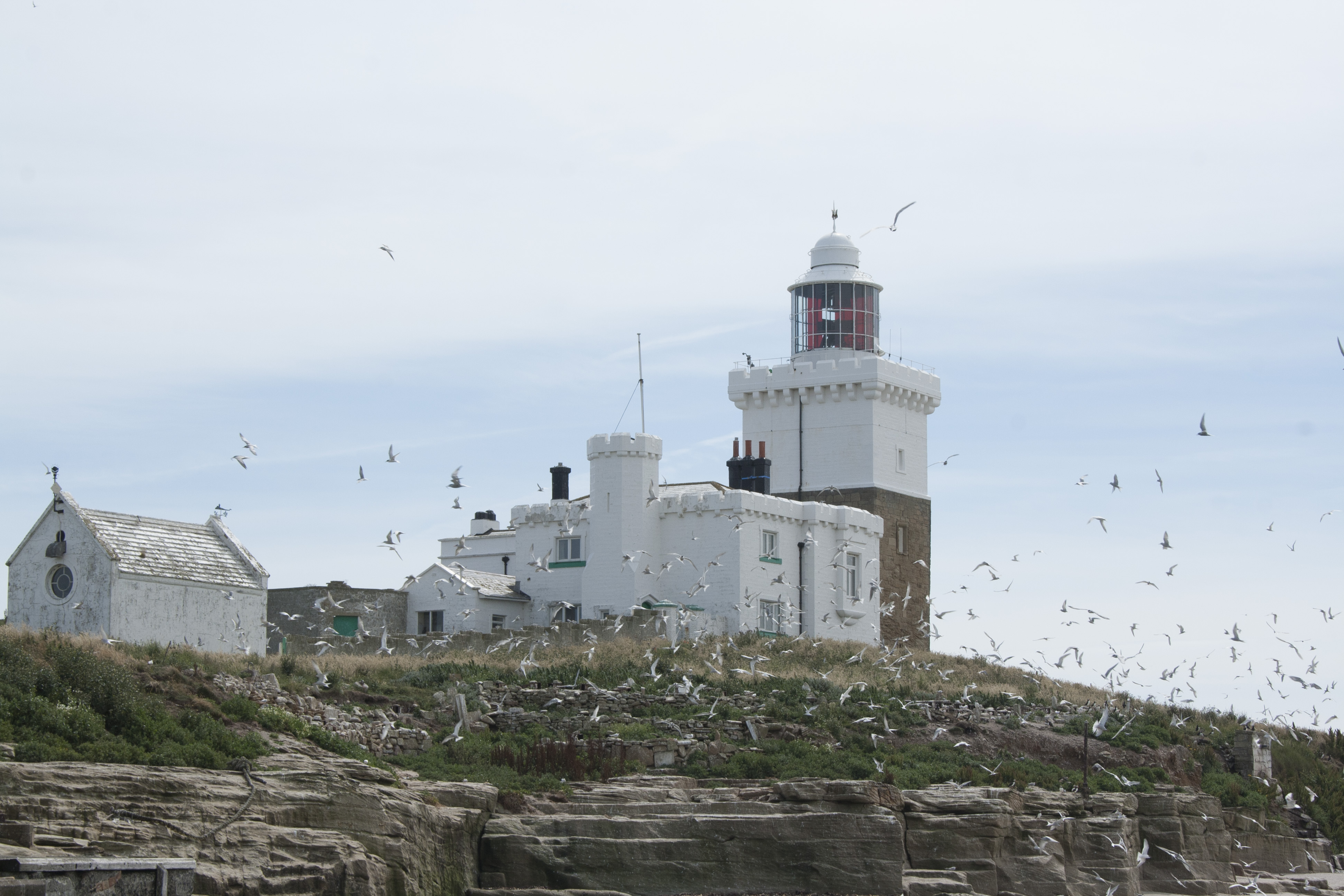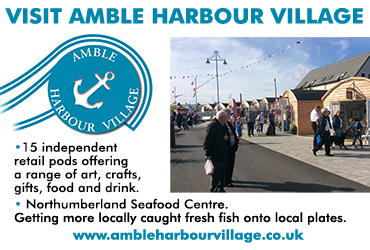How climate change is affecting the wildlife on our doorstep
Is this the greatest threat to wildlife?
Climate change is leading to what many believe to be an extinction episode of our planet’s ecosystems, and is driven almost entirely by human activities. Through these actions, man has become the main actor on the global warming stage. For several years, the overall temperature of the earth’s atmosphere is gradually and significantly increasing, particularly because of greenhouse gas emission.

Coquet Island is a designated nature sanctuary, but it too is under threat from climate change
Traffic, industry and agriculture produce gases which amplify the natural greenhouse effect.
Alarmingly, this temperature increase is becoming a planetary-scale problem. Seabirds across the world are affected, but also, marine mammals, fish and many land animals.
Global warming has numerous consequences: Firstly, increasing air pollution and the acidification of oceans; secondly, melting of the ice caps, and rising sea levels. This is becoming a serious problem for species such as seals and polar bears which need the ice floe for reproduction and moving around their territory.
Human populations living by the seaside are also at risk, especially by flooding in coastal areas.
Gulf Stream cooling is another consequence. Of all the ocean currents, the Gulf Stream is one of the strongest; it brings warmth to Europe and North America.
This cooling is a serious problem for fish adaptation, and thus, for their survival. It is probably the cause of the marine food chain collapsing.
How can we contribute to save our environment?
The famous RSPB reserve of Coquet Island is home to a large diversity of seabirds. Unfortunately, many of the species which nest there are seriously threatened with extinction. The numbers of Puffins, Sandwich terns and Eider ducks are declining, whilst Coquet is supporting the last sustainable colony of Roseate terns in the UK.
Climate change is the major root cause of declines but the activities of man are contributing to the dramatic decline of some of these species, particularly with the development of tourism, the introduction of invasive species and overfishing. For wildlife, this has serious consequences.
Habitats are disturbed, destroyed or fragmented. In addition, food availability is becoming increasingly scarce. In these ways, competition and predation between different species, as well as between individuals from the same species, is becoming Critical. Habitat loss and the decrease of food resources are the driving forces in the extinction of endangered or threatened species. These events are happening all over the world.
Roseate terns are the UK’s rarest breeding seabird and a globally declining species. Nearly all Roseate tern adults present on Coquet Island are ringed, and each year all new chicks are ringed at their nests.
Thus, it is possible to monitor and identify where each bird has come from and how old it is, as well as the discovery and identification of new individuals joining the colony. Each ring has a unique code so this registration procedure offers a means of absolute identification.
In the UK, Roseate terns, historically, were found nesting in Scotland (on islands in the Firth of Forth) and in Wales and some on the south coast of England. In fact in the 1980’s the highest population of Roseates was in Anglesey.
Unfortunately, these populations have totally disappeared, and the only remaining Roseate tern colony has found a safe haven on Coquet Island. For this reason, the island is designated as sanctuary and protected under the European Law and the public is not allowed to land. It is very important to protect and carry out conservation activities to support this species, as well as to safeguard the habitat on Coquet Island.
Obviously, one sole territory is not ideal. If this habitat degraded or disappeared, the species would become extinct in the UK.
In England, nature reserves host lots of threatened seabird species. Despite their critically endangered status, a high number of remarkable species is able to live on our coast.
Nature reserves have a significant role that we should not ignore. However, the creation of these protected areas is no longer sufficient since the world is in constant change. If we want to protect wildlife we have to help it to cope with climate change.
In addition to restoring and re-creating natural habitats, we need to provide new and better ones; namely, those that are resistant to global warming.
At the same time we should try to protect the sea where feeding is vital, and to limit environmental pollution. Currently, the RSPB is protecting Roseate terns’ nesting sites by the creation of artificial shelters. Their behavior is amazing because after every migration, each bird goes back to its own shelter.
Of course we can work with past data and census results, but to be even more effective and make a difference, we should be interested in developing a global database. This way, we would be able to protect the species not only on the scale of a city or country but rather worldwide.
Let’s not forget that the protection of our environment should be our common goal, and that can only be achieved through active collaboration.
Célia Fery is a Marine Biology student from La Rochelle, France. She is spending a year in Amble.












